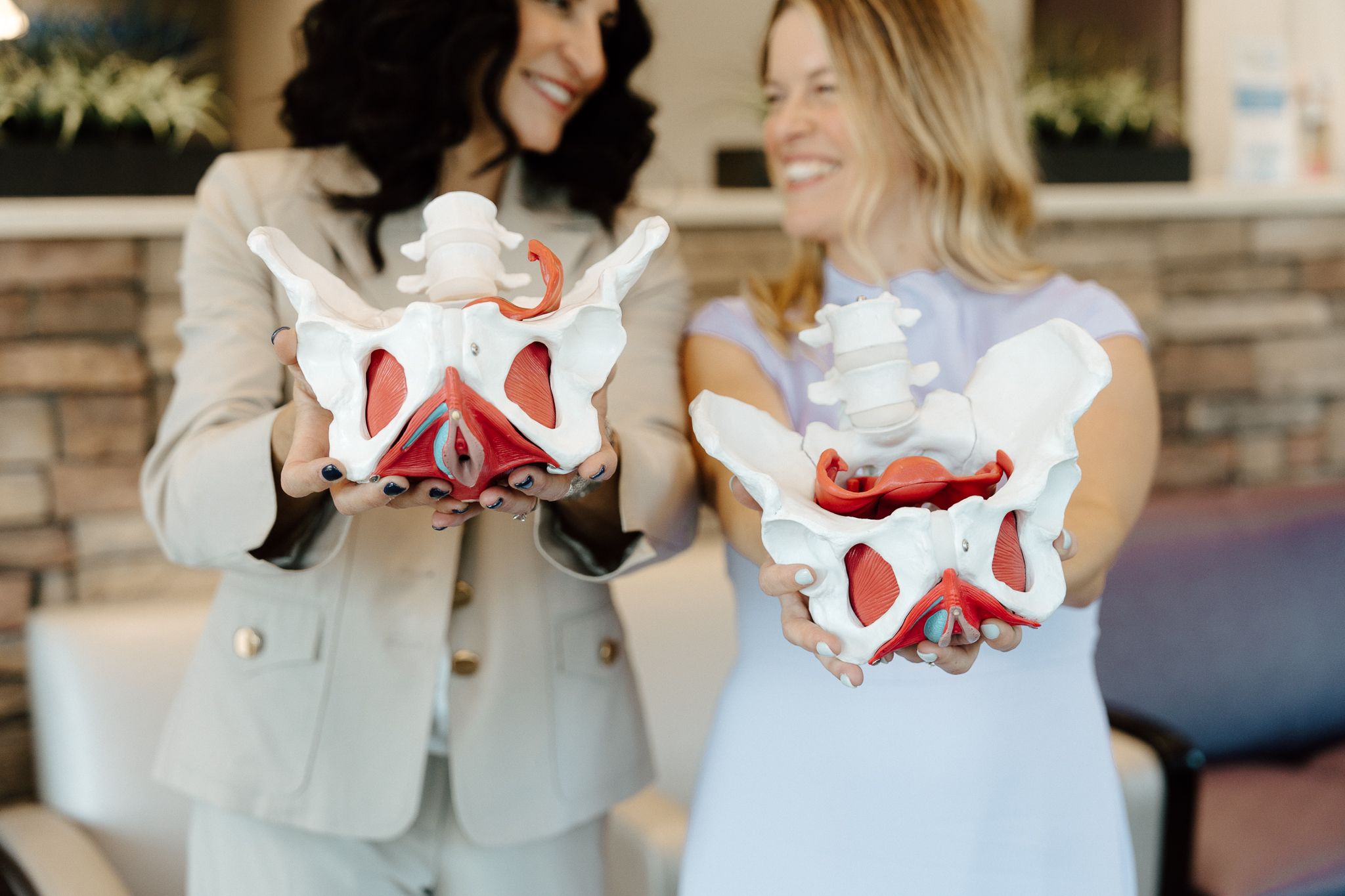


Urge urinary incontinence / overactive bladder (OAB) is a form of urinary incontinence characterized by a sudden and intense urge to urinate, usually resulting in an uncontrollable loss of urine. It is often caused by involuntary contractions of the bladder muscles, which can be triggered by various factors such as a full bladder, certain movements, or even just the thought or sound of running water.
With urge urinary incontinence West Columbia patients may experience a frequent need to urinate (including waking up multiple times during the night to urinate), a constant feeling of urgency, and difficulty postponing urination once the urge is felt. This condition can significantly impact a person's quality of life and may lead to social embarrassment and avoidance of activities due to the fear of accidents.


To discuss treatments and options for urge urinary incontinence and overactive bladder, please schedule a consultation with Drs. Pezzella and Rueb today.
Call us at (803) 457-7000 or
To find out what may be right for you, Dr. Pezzella or Dr. Rueb will perform a thorough evaluation and examination and determine what suits your individual needs.

Write a description for this list item and include information that will interest site visitors. For example, you may want to describe a team member's experience, what makes a product special, or a unique service that you offer.

EmSella® is a revolutionary FDA approved, non-invasive and painless treatment for all types of urinary incontinence, pelvic floor prolapse, and vaginal relaxation. It strengthens the pelvic floor muscles by focusing electromagnetic waves causing the muscles to contract and relax, exercising them in a similar way to Kegel exercises.

Pelvic floor PT can be used to strengthen pelvic floor muscles such that symptoms of prolapse are less bothersome. PT can also help address the urinary and fecal symptoms associated with prolapse. The pelvic muscles are evaluated for strength, coordination, and tone.

There are several medications approved to treat the symptoms of overactive bladder (OAB). All the medicines essentially work in the same way by decreasing the nerve impulses to the bladder that cause it to contract and leak, thereby helping to control strong sudden urges, frequency and urge incontinence. Common side effects of all the OAB medicines include dry mouth, constipation and blurred vision.
It’s important to realize that medications for OAB often do not resolve symptoms on their own and are meant to be used in conjunction with behavioral modifications (bladder retraining and avoidance of dietary irritants) to achieve bladder control. Patients who are compliant with taking their medication, stay committed to their bladder retraining and adhere to their diet restrictions enjoy an excellent response with resolution of their symptoms.

Botox® injections are not just for wrinkles on your face. They also can be used to help if you have ongoing bladder continence issues. Botox® is one option to treat urge incontinence or overactive bladder in people who have not had success with other treatment options.

Write a description for this list item and include information that will interest site visitors. For example, you may want to describe a team member's experience, what makes a product special, or a unique service that you offer.

eCoin® is the first implantable tibial nerve stimulator approved by the FDA. The eCoin® device contains a primary battery and once programmed, automatically delivers intermittent stimulation to the tibial nerve to reduce UUI symptoms. The device does not require ongoing patient management of a power source or a stepped programmer.

Axonics® Therapy is a Sacral Neuromodulation treatment that uses an implanted device to deliver electrical stimulation to the sacral nerves, helping to regulate bladder and bowel function and manage symptoms such as urinary incontinence.

Interstim® is a form of Sacral Neuromodulation, which is a treatment technique that involves implanting a device to deliver electrical stimulation to the sacral nerves, helping to regulate bladder and bowel function and manage symptoms such as urinary and fecal incontinence.
If you experience overactive bladder symptoms, please contact our office to make an appointment with our team. You don’t have to suffer!
Call us at (803) 457-7000 or

Urge Urinary Incontinence / Overactive Bladder (OAB) is a condition characterized by a sudden and intense urge to urinate, often accompanied by an uncontrollable loss of urine. It is caused by involuntary contractions of the bladder muscles.
Common symptoms of OAB include frequent urination (usually more than eight times a day), sudden and intense urges to urinate that are difficult to control, and nighttime urination (nocturia). Some individuals may also experience urinary incontinence.
The exact cause of OAB is often unknown. However, it is believed to result from nerve or muscle abnormalities in the bladder, which can be influenced by factors such as aging, neurological conditions (e.g., Parkinson's disease, multiple sclerosis), bladder infections, and certain medications.
OAB can affect people of all ages, but the risk increases with age. Other risk factors include being female, having a family history of OAB, certain medical conditions (e.g., diabetes, obesity), and lifestyle factors such as smoking and consuming caffeine or alcohol.
The diagnosis of OAB typically involves a thorough medical history review and physical examination. Additional tests such as bladder diaries (recorded voiding patterns), urine analysis, urodynamic studies, and imaging tests may be conducted to confirm the diagnosis and rule out other conditions.
While it may not always be preventable, certain lifestyle modifications can help manage OAB symptoms or reduce their severity. These may include dietary changes, fluid management, pelvic floor exercises, maintaining a healthy weight, and avoiding bladder irritants like caffeine and alcohol.
Treatment options for OAB span a range of approaches. These include behavioral therapies (such as bladder training, timed voiding, and fluid management), medications to relax the bladder muscles, sacral nerve stimulation, Botox injections into the bladder, and in more severe cases, surgical interventions.
While medications can be effective in managing OAB symptoms, they may have potential side effects. These can vary depending on the specific medication used but may include dry mouth, constipation, blurred vision, drowsiness, and cognitive effects.
OAB is a chronic condition, and in most cases, it cannot be completely cured. However, with appropriate treatment, symptoms can be significantly reduced and managed effectively, allowing individuals to lead a normal and comfortable lifestyle.
Yes, OAB can have a significant impact on quality of life, as it can cause embarrassment, anxiety, and limitations in daily activities and social interactions. Seeking medical advice and exploring treatment options can help alleviate symptoms and improve overall well-being.